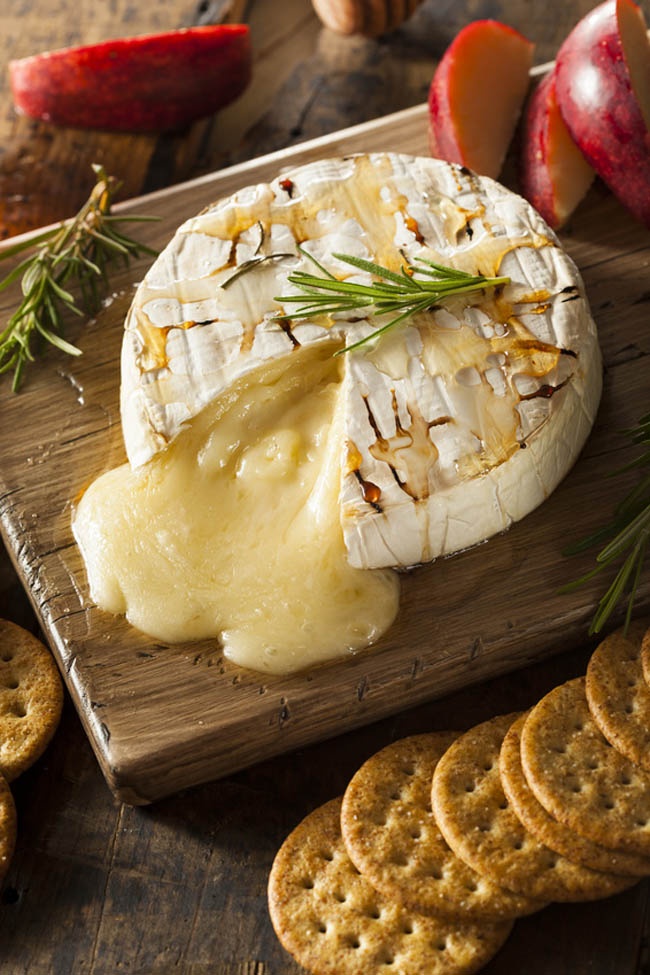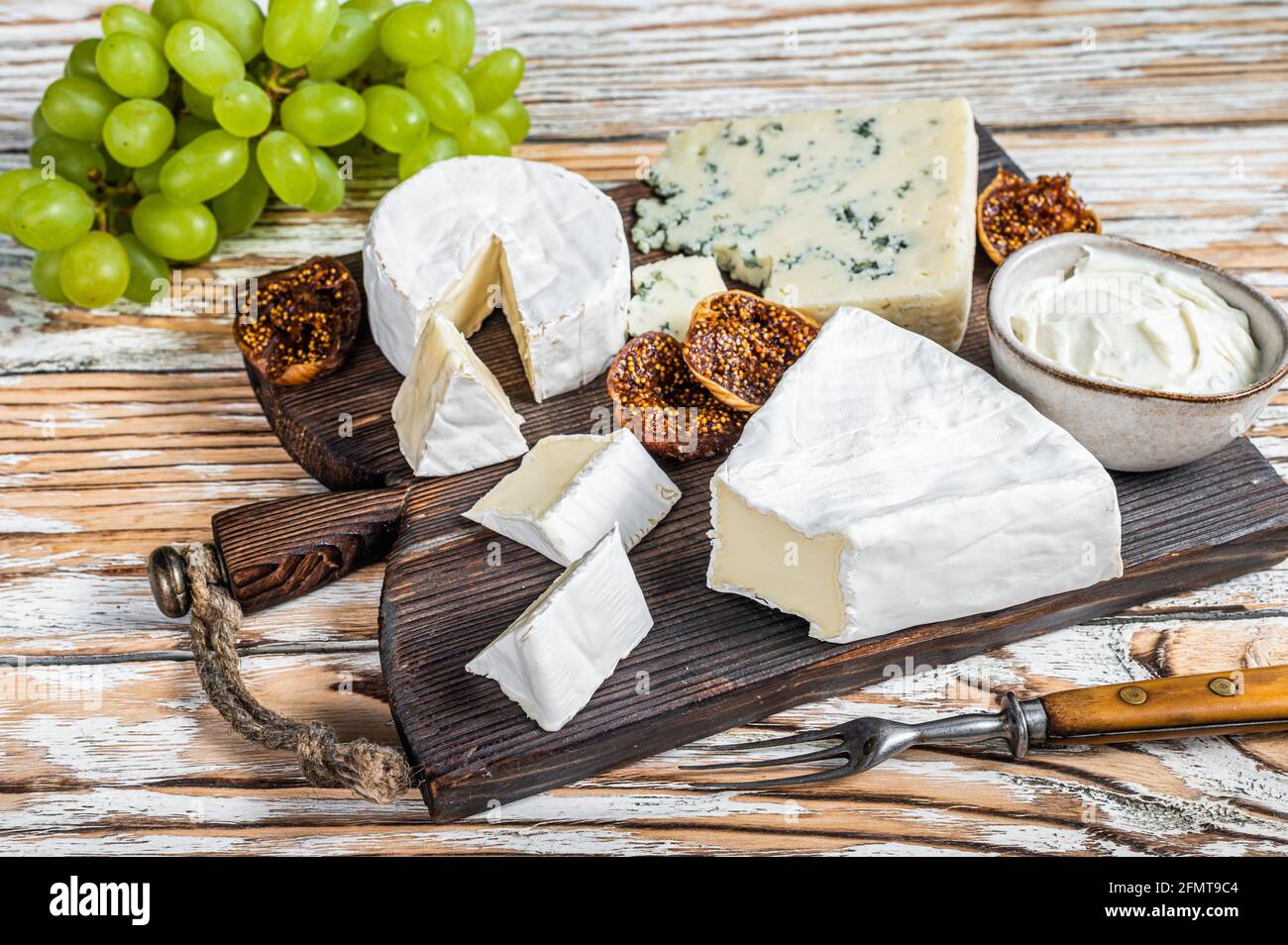If you are a fan of charcuterie boards and good cheese alike you have to be familiar with Brie and Camembert soft cheese. The cheeses that carry an aroma similar to that of feet finds itself in a precarious situation, on the brink of extinction. As reported by  the French National Center for Scientific Research (CNRS). The warning extends beyond Camembert to include other cheeses like brie and various blue varieties, as they all face a common threat rooted in the collapse of microbial diversity.
the French National Center for Scientific Research (CNRS). The warning extends beyond Camembert to include other cheeses like brie and various blue varieties, as they all face a common threat rooted in the collapse of microbial diversity.
At the heart of this potential cheese crisis lies a significant decline in microbial diversity, it is undoing the intricate ecosystems within each wheel of Camembert or smear of brie. These ecosystems, composed of diverse fungi and bacteria, play a crucial role in transforming milk fats and proteins into the compounds that give rise to the flavors, smells, and textures cherished by connoisseurs. In recent decades, however, genetic diversity among these microbes has diminished, leaving some of the most iconic French cheeses dependent on a single, fragile strain of fungi that risks extinction. This development poses not only a threat to France’s culinary heritage but also to aficionados of fine cheeses worldwide, underscoring the importance of biodiversity, even when imperceptible to the naked eye.
To comprehend the magnitude of the issue, it is essential to note cheese as a complex mix of fresh milk, bacteria, and various fungi, including yeasts and molds. Different combinations of these microorganisms result in the diverse array of cheeses available. Historically camemberts and bries drew upon mold strains from the Penicillium biforme species, offering a spectrum of colors, flavors, and aromas.
About a century ago, however, cheesemakers identified a particular strain, Penicillium camemberti, characterized by its fast growth and albino appearance, producing an appetizing fluffy white mold. This strain swiftly became the gold standard for brie and Camembert, supplanting the diverse array of mold strains used previously. Presently, all Camembert and brie cheeses  worldwide share this genetically identical albino strain, offering uniformity but at a potential cost. The albino strain faces a unique challenge it cannot reproduce sexually, hindering the creation of new genetic diversity.
worldwide share this genetically identical albino strain, offering uniformity but at a potential cost. The albino strain faces a unique challenge it cannot reproduce sexually, hindering the creation of new genetic diversity.
While Camembert may not vanish immediately, the challenges ahead suggest a growing difficulty in its production. This problem extends beyond Camembert and brie, as the genetic diversity of fungi used in other cheeses, such as Gorgonzola and Roquefort, has also significantly diminished. In a world grappling with climate change, maintaining genetic diversity is critical for adapting to evolving conditions. Different genetic varieties of plants offer diverse strengths and weaknesses, ensuring the survival of specific foods.
While the situation appears dire, there is a potential solution that requires a shift in consumer preferences. Cheese producers could reintroduce diversity by inoculating cow’s milk with other Penicillium biforme molds naturally present in raw milk. Embracing a slightly different look, aroma, or flavor in cheeses could pave the way for a more diverse and resilient collection of microbial communities, ensuring the survival of cherished culinary delights like Camembert and brie.













